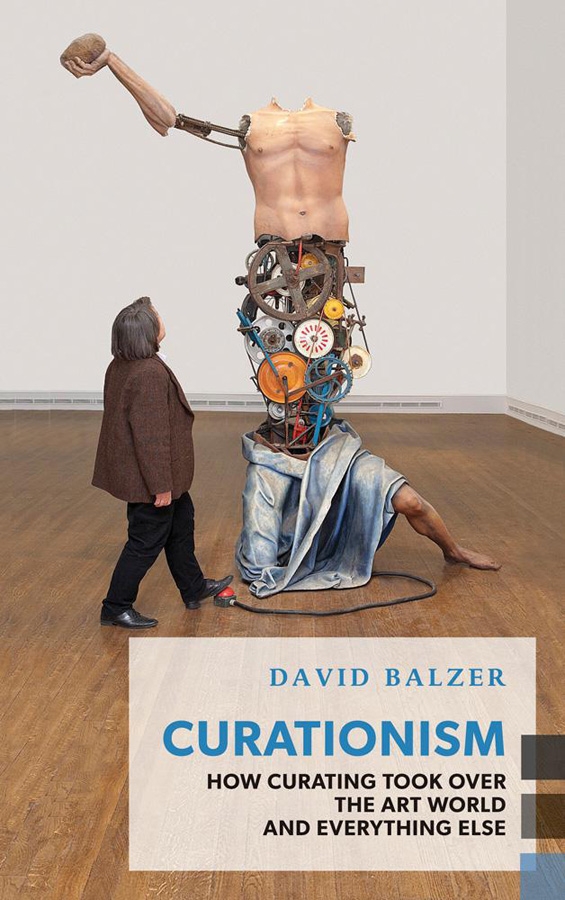Consciously targeting a general audience, Curationism aims at tackling the ‘problem’ of curating, through its evolution from a calling to a profession within the artworld during the postwar years, culminating in the person of Hans Ulrich Obrist. The current status of curating, the author convincingly argues, is as the defining cultural and social activity of the first decade or so of the twenty-first century, when the curated experience is used to market and sell everything from an individual and a lunchtime snack to a corporation and a lifestyle (the author invokes examples such as iTunes and the Subway sandwich). Needless to say, the scope here is broad – ‘If you work in digital you are also getting paid to curate’, the author states at one point – and perhaps in the case of the author’s analysis of artworld systems a bit too broad (anyone who thinks, like the author, that David Zwirner’s London townhouse gallery is ‘reminiscent’ of a kunsthalle simply hasn’t been to many kunsthalles). But fortunately that author, David Balzer, a Toronto-based art writer, has the clarity of thought and strength of argument to make such instances seem like relatively minor quibbles.
The book is divided into two unequal sections: ‘Value’ (big) and ‘Work’ (small). The first clearly and effectively traces the rise of curators as bestowers of value in the artworld (and elegantly glosses struggles for the control of value – between critics, dealers, artists and curators – along the way), up to the point at which curating’s deskilling and populism means that everyone can do it and inherently contradicts the discipline’s quest to professionalise itself via academic courses and qualifications. Starting from that, the second is broadly focused on the spread of ‘curationism’ into the ‘real’ world and the problems of celebrity, social elitism and labour relations (issues touched on in the first section) that it generally conceals in its wake. For the artworld initiate, it’s this section that is the most interesting, but at the same time the most rushed. Throwaway lines such as, ‘Gathering things, connecting them, sharing them with others in a way that positions one as a taste-making host: sounds fun, doesn’t it? This is precisely why everyone is now doing it’, undermine the analysis as a whole, and various chicken-and-egg-style questions relating to whether or not the issues Balzer focuses on are incubated within art and then hatched out into society at large, or a case of art reflecting the world around it, remain unanswered (although the book’s subtitle suggests a favoured direction). And yet, despite all that, this is an insightful, provocative and entertaining overview of many of the key issues in both art and cultural life today.
This article was first published in the December 2014 issue.
